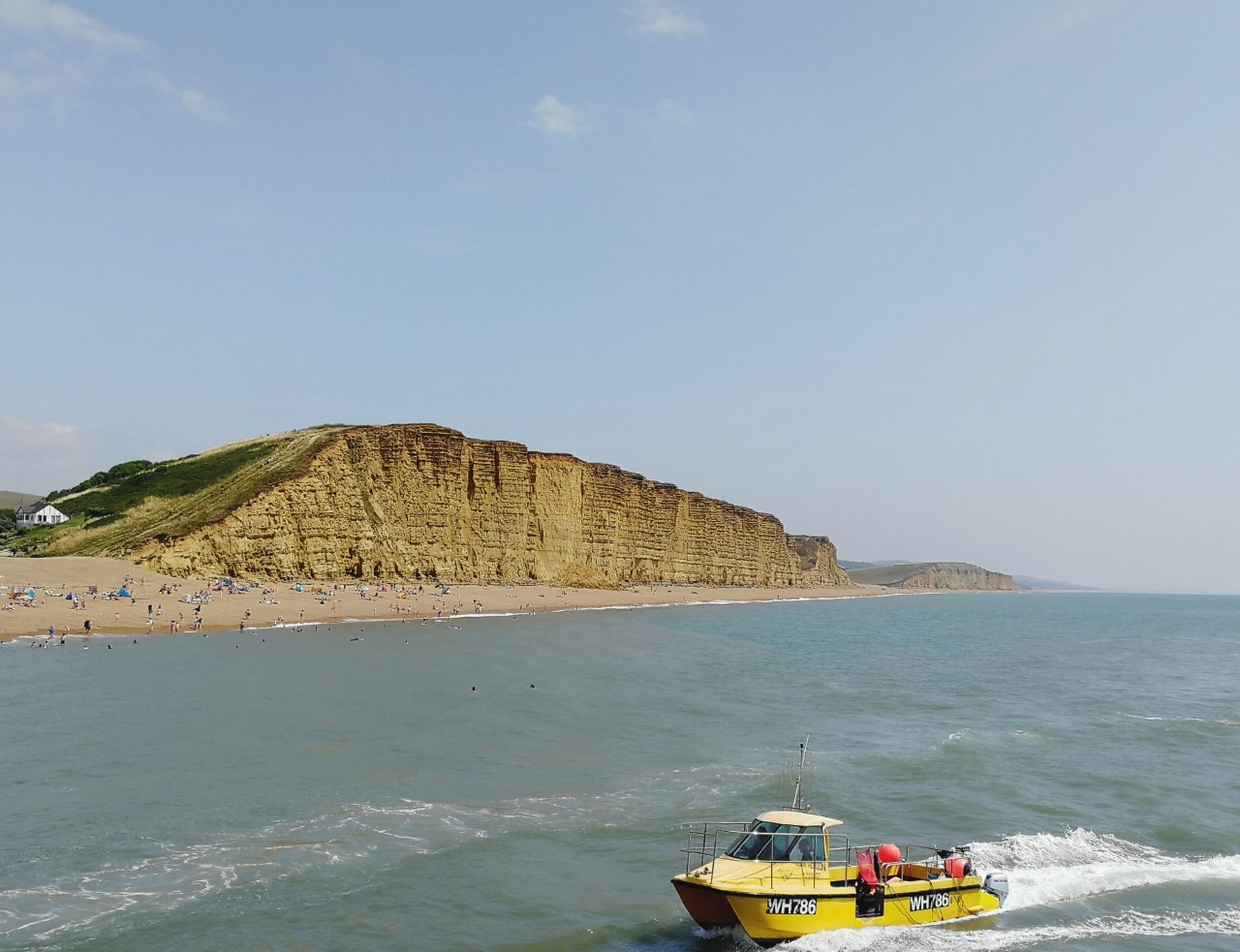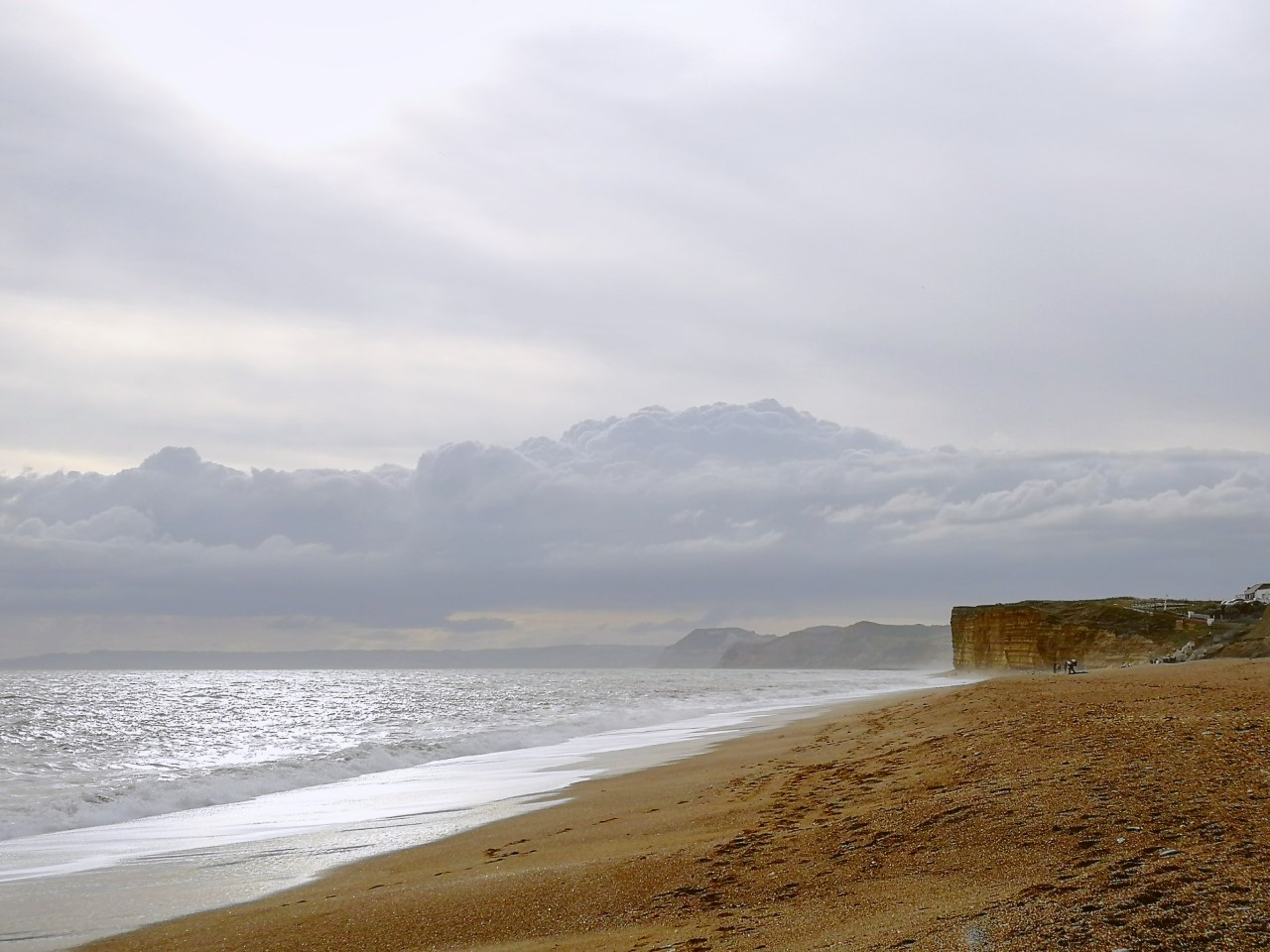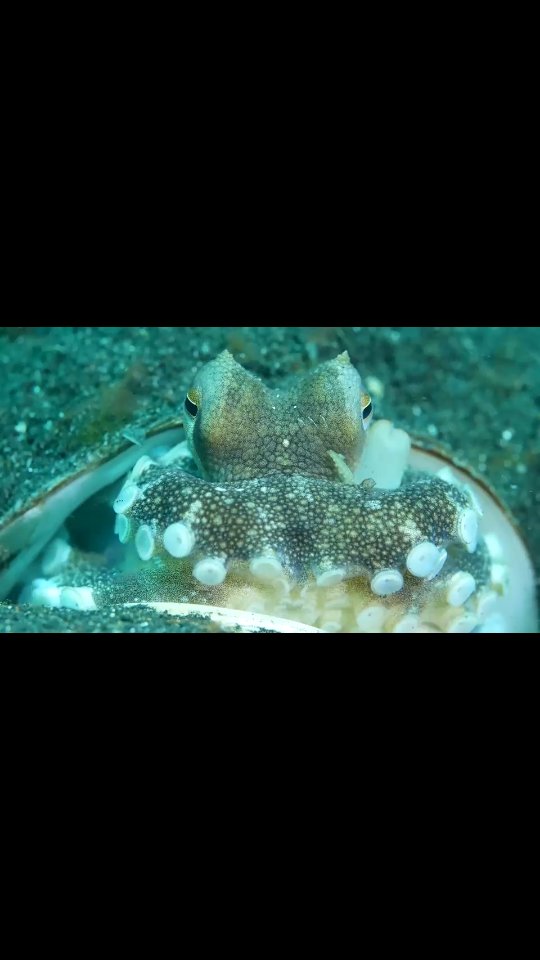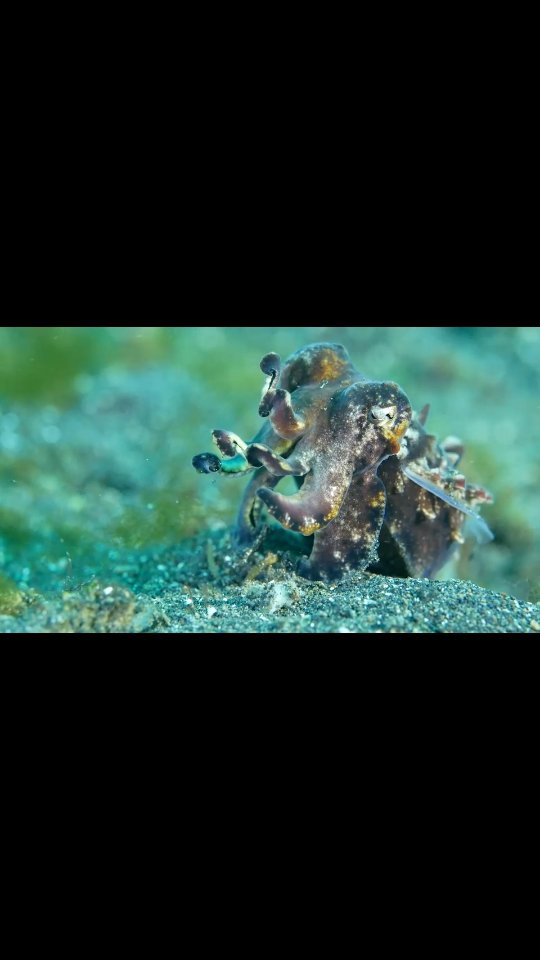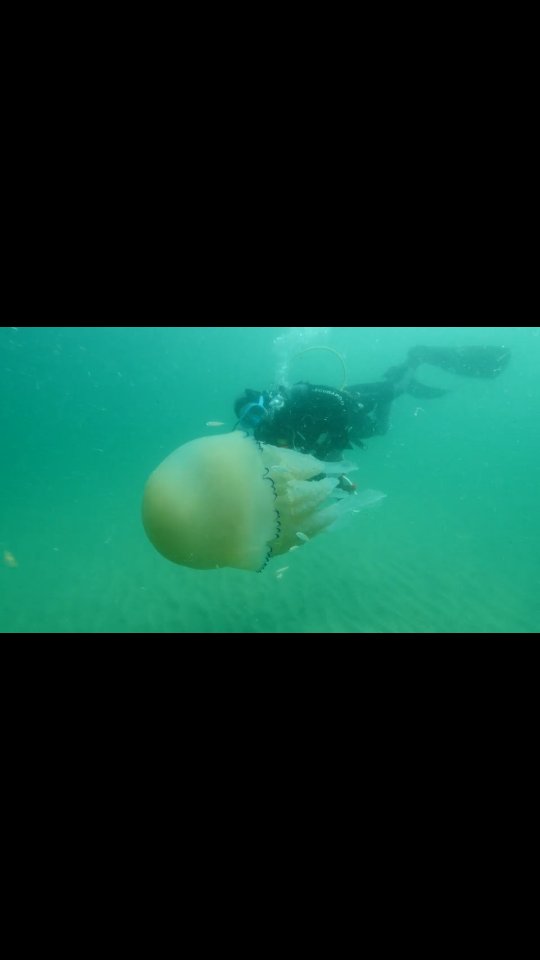Despite a domestic impetus to protect our coastal zones and fish stocks from destructive fishing practices through the implementation of MCZs, prior to the genesis of the voluntary agreement established in 2008, no other fishing community in the UK had taken the decision to self-regulate its behaviour through a voluntary agreement. Furthermore, despite there being a wealth of academic knowledge investigating the merits of voluntary agreements within fishery management schemes, there is conversely an absence of research on the role that they play within MPAs. Therefore, this research sought to investigate the role that stakeholder engagement played within the formulation of the voluntary fishery policy for the Lyme Bay MPA.
As a marine biodiversity hotspot, there has been an ever increasing desire to protect Lyme Bay from destructive fishing methods, both for conservation, as well as in recognition of the relationship between healthy stocks and the attainment of sustainable development. Therefore, in regards to the role that stakeholder engagement plays within the formulation of a voluntary code of conduct, the research ascertained that within the Lyme Bay MPA – despite effective engagement playing a fundamental role within the establishment of the voluntary policy – its role was multifaceted and often seemingly indirect.
Due to the voluntary agreement being established as part of the Lyme Bay Fisheries and Conservation Reserve working group, the policy can be considered to be a product of the co-management scheme. Within this co-management setting, the role that stakeholder engagement played and its subsequent effect upon the voluntary agreement was clearcut and clearly observed. For example, it facilitated: the exchange of knowledge between different stakeholder groups; the identification of motivating factors for adhering to a voluntary fishery policy (a key driver within their success); and the opportunity to be included within a co-management setting that directly influenced the policies that regulated their fishing practices.
Nonetheless, it was discovered within the research process that despite playing a fundamental role within the efficacy of the co-management scheme, there were limited examples of a direct relationship between stakeholder engagement and policy formulation. However, despite this unanticipated result, the research conversely highlighted that effective engagement has enabled stakeholders to engage within a working group, whereby they can participate in ‘meaningful action’. A concept that appeals to people’s desire to make a difference and engage with others in the process of achieving their goals.
Therefore, it can be concluded that within Lyme Bay, stakeholder engagement largely played an indirect, yet fundamental role within the formulation of a voluntary fishery policy. However, as discussed, its value can be attributed to the provision of opportunities for stakeholders to participate in meaningful action and to improve their surroundings, namely in their ability to influence future policy developments. Nonetheless, the procurement of meaningful action was found to be dependent upon their active involvement within a diverse and effective participatory approach, rather than the provision of effective stakeholder engagement.
Ultimately, given the multitude of social, economic and environmental factors present within individual MPAs, it is not possible to extrapolate the findings from this research to other reserves, given the parameters that would ultimately define the success of a co-management scheme and any subsequent voluntary fishery policies. Even so, the success of the voluntary code of conduct established as part of the Lyme Bay Fisheries and Conservation Reserve can be attributed to the efficacy of the stakeholder engagement undertaken throughout the process, thus providing a blueprint for future voluntary agreements within MPAs. Which as observed within the Lyme Bay MPA, can play a pivotal role within the recovery of local marine ecosystems, as well as the safeguarding of local fish stocks that underpin the longevity of the fishing communities that depend upon them.

